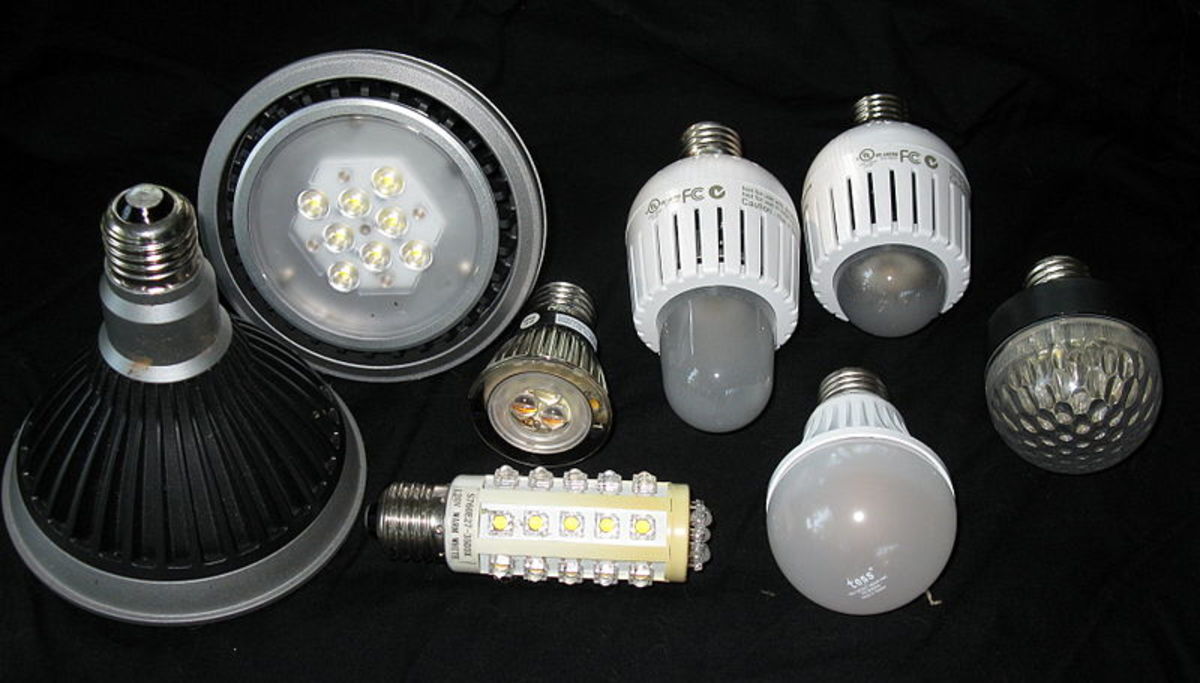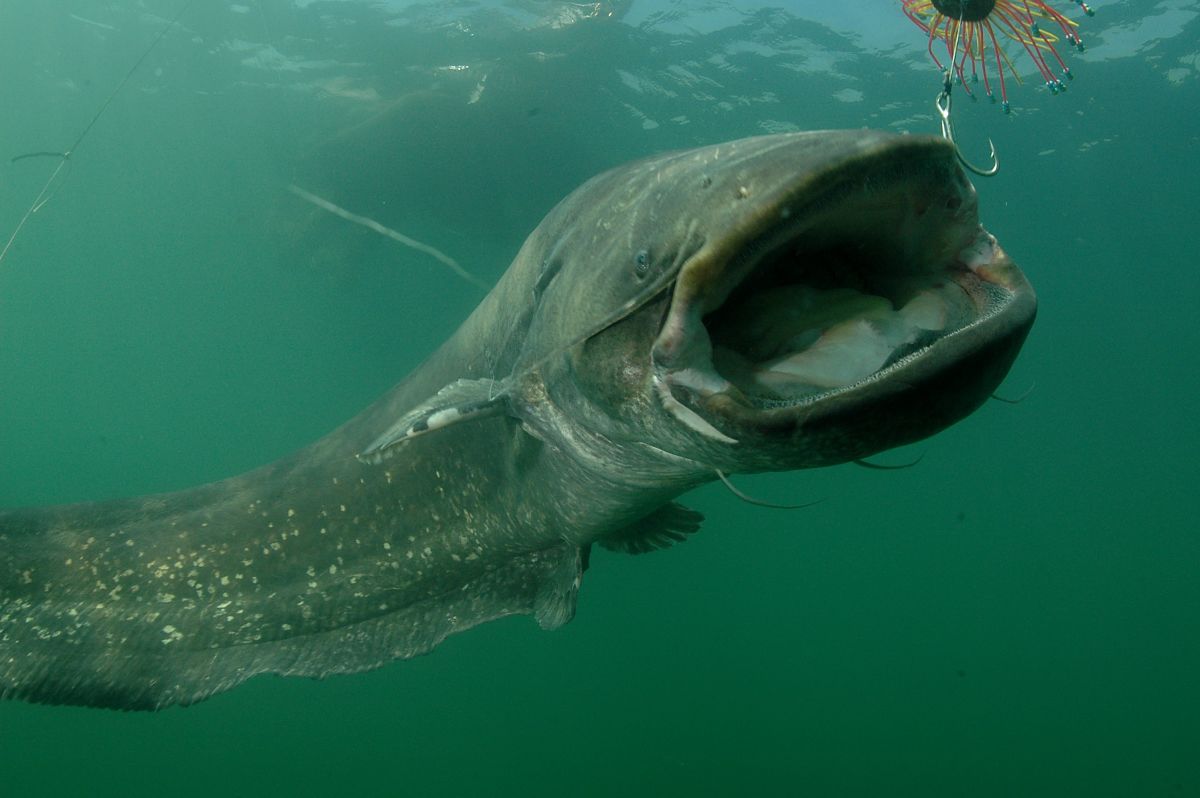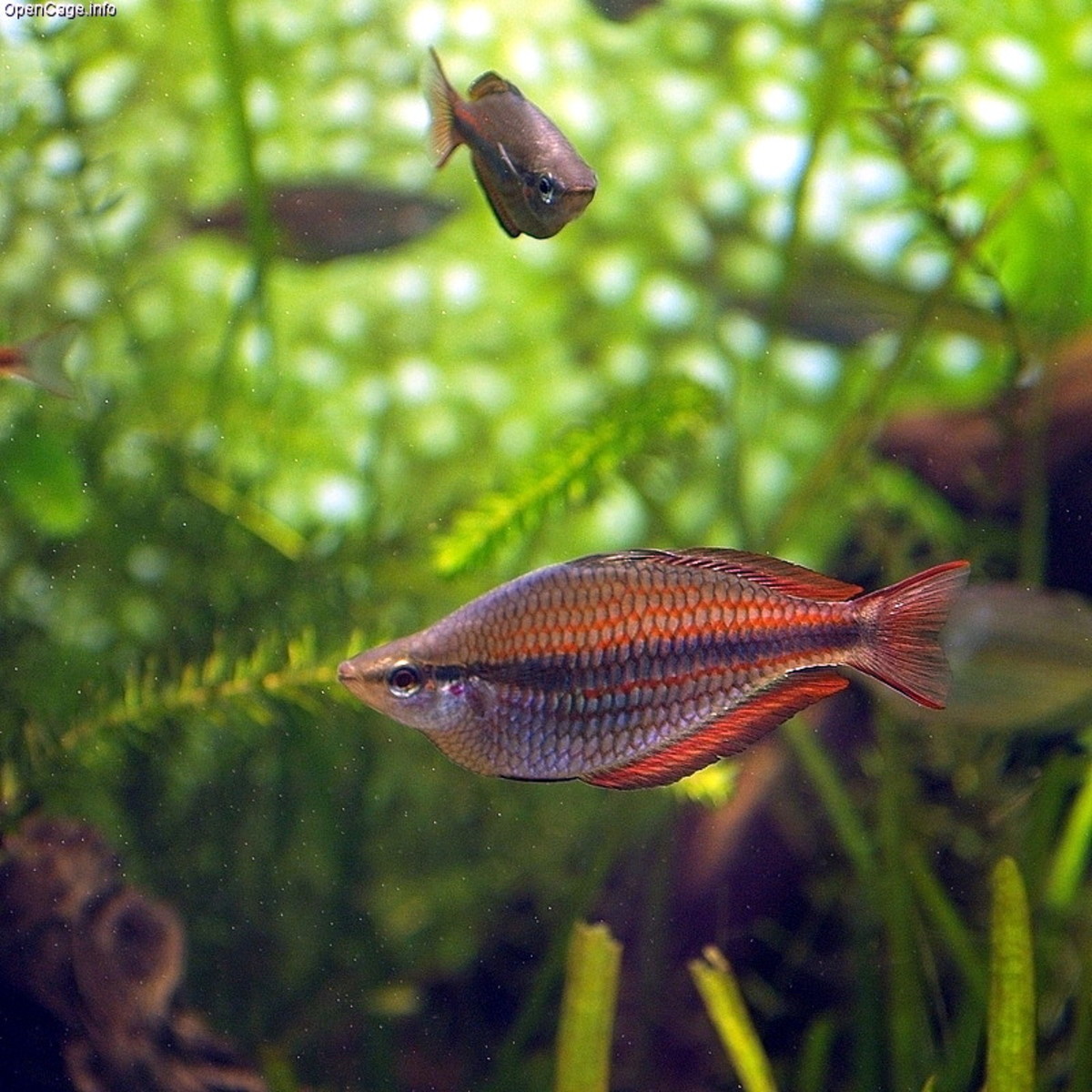How to Build a DIY LED Aquarium Light, Part I
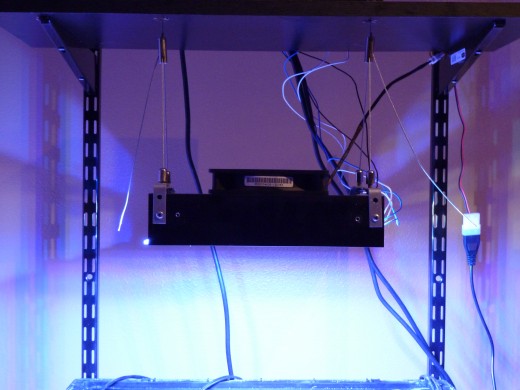
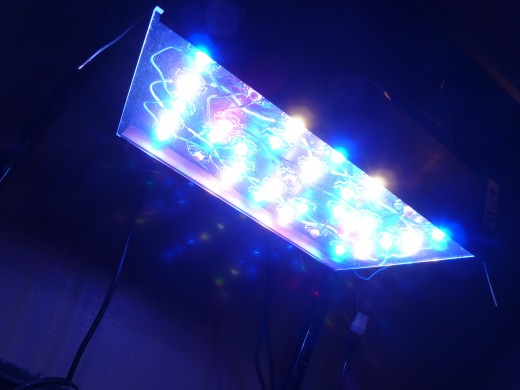
Why Build an LED Array?
Do-it-yourself (DIY) LED arrays have become a popular project among dedicated aquarists. LED technology has been improving steadily for the past few years, and LED fixtures are now on par with more established lighting solutions such as T5 fluorescent tubes and metal halide light bulbs. LEDs have several advantages over these traditional aquarium lights, however.
First, LEDs are by nature modular and scalable. Arrays are made up of many smaller LEDs rather than one big bulb, so you can make an LED array as small or as large as you want. Additionally, you can precisely tune the color of your light by mixing and matching the many different colors of LEDs available.
Second, LEDs offer superior dimmability. You don't need expensive specialty bulbs and equipment to dim LEDs. All you need is a dimmable driver - which costs about the same as a non-dimmable driver - and a cheap potentiometer. Dimming your LEDs gives you an unparalleled ability to fine-tune the color of your array. Dimming can also help you save money on electricity and can help prevent light shock to sensitive corals.
Third, LEDs are very energy-efficient. A 72-watt LED array can put out as much light as a 250-watt metal halide bulb. LEDs also run very cool. Metal halides and T5 bulbs can both heat up your aquarium to dangerous levels, often requiring you to run an expensive and energy-guzzling chiller to cool down your tank. LEDs will barely raise your tank's temperature by a degree or two.
Fourth, LEDs have a very long lifespan. Bulbs often need to be replaced every six months for optimum performance; LEDs can last for more than 10 years before showing any signs of degradation.
The biggest drawback to LED arrays, however, is their initial cost. A commercial fixture, depending on the number and quality of LEDs it uses, can cost anywhere from $300-$900 or more. Many aquarists choose to build their own arrays for this reason. Building your own array will help you to save on costs and will also allow you to build the exact array you want.
In this series of articles, I'll show you how I built my own array for my BioCube 29 reef aquarium. You can follow exactly what I did to build the same array, or you can adapt what I've done to design and build your own.

